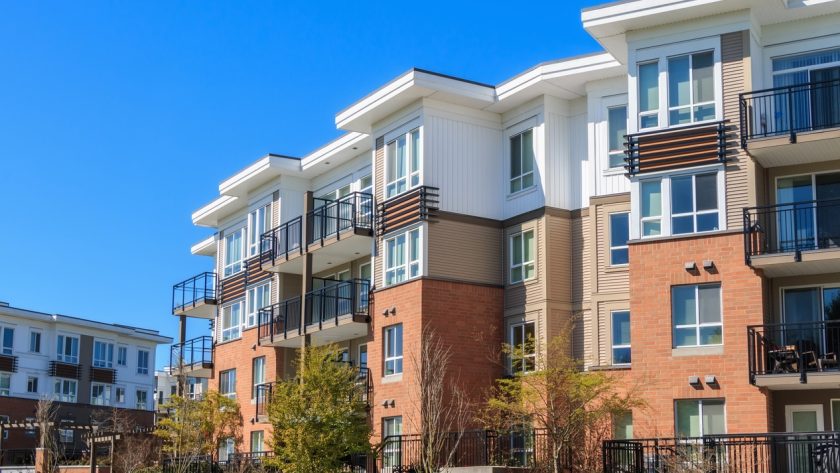In today’s bustling real estate market, the concept of converting buildings into condominiums (condos) has become increasingly popular.
This process, known as condo conversion, allows property owners to transform existing structures, such as apartment buildings, into individually owned condo units.
This transformation can offer numerous benefits, including the potential for increased property value and the opportunity for homeownership in desirable locations. Let’s break down this process into simpler terms, making it easier to grasp for everyone.
What is Condo Conversion?
At its core, condo conversion is the process of taking a building that’s under a single ownership—like an apartment complex—and turning it into a collection of units that can be owned individually. Imagine a large cake that’s initially meant to be sold as a whole.
Condo conversion is akin to slicing this cake into pieces and selling each piece separately. Each slice, or unit, can then have its own owner, separate from the others.
Why Convert to Condos?
The reasons for converting a building into condos vary. For some property owners, it’s about maximizing the value of their investment. Selling individual units can often fetch a higher total price than selling the building as a single entity.
For residents, owning a condo can be a more affordable entry into homeownership, especially in urban areas where single-family homes are scarce or prohibitively expensive.
The Condo Conversion Process: A Step-by-Step Overview
- Legal and Zoning Compliance: The first step involves ensuring the property is eligible for conversion under local laws and zoning regulations. This might require obtaining specific permits or making certain modifications to the property to meet legal standards.
- Inspection and Upgrades: Before conversion, the property must be thoroughly inspected to identify any necessary repairs or upgrades. This ensures that the building meets safety codes and that each unit is suitable for individual ownership.
- Creating a Condo Association: A condo association is formed to manage the common areas and enforce the rules of the condominium. This association is responsible for the maintenance of shared spaces and the overall governance of the condo community.
- Drafting the Declaration: This legal document outlines the rights and responsibilities of the condo owners and the association. It includes details on ownership boundaries, common elements, and the rules of the condominium.
- Sales and Marketing: Once the legal and physical groundwork is laid, the individual units are put on the market. This is where effective sales and marketing strategies come into play to attract potential buyers.
Finding the Right Condo
For those interested in purchasing a condo, especially in bustling urban areas, it’s crucial to find a property that meets your needs and preferences.
For instance, if you’re looking in the Pasay area, finding a condo for sale Pasay can offer you the urban lifestyle you desire, with the added benefit of being part of a newly converted, modern community.
Benefits of Condo Living
Condo living comes with several perks, including access to amenities like swimming pools, fitness centers, and security services. Additionally, condos are often located in prime urban areas, close to shopping, dining, and entertainment options. For many, the convenience and lifestyle offered by condo living are unmatched.
Conclusion
The condo conversion process offers a unique opportunity for property owners to maximize their investment and for individuals to own a piece of urban life.
While the process involves several legal, financial, and logistical steps, the end result can be beneficial for all parties involved.
Whether you’re a property owner considering a conversion or a potential buyer looking for your next home, understanding the basics of condo conversion is the first step towards making informed decisions in the real estate market.





